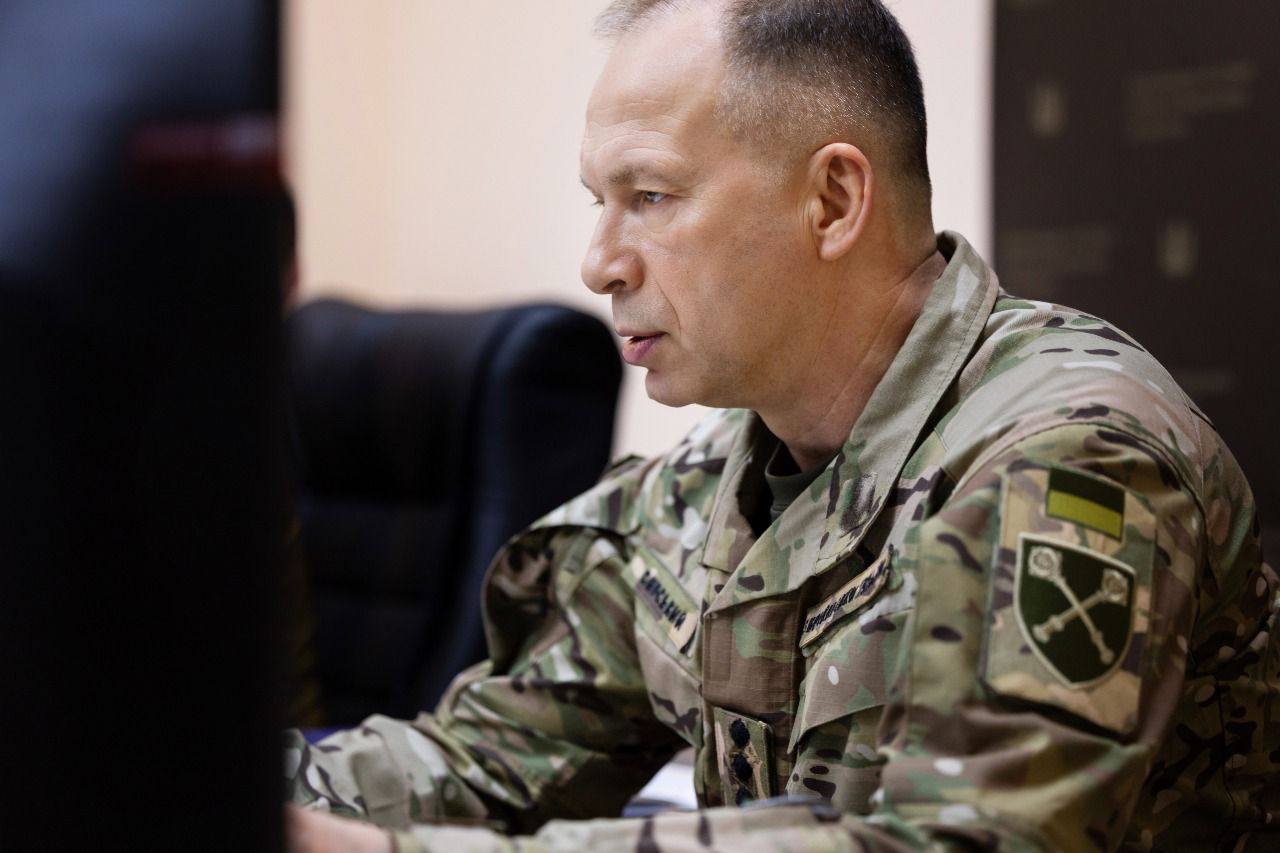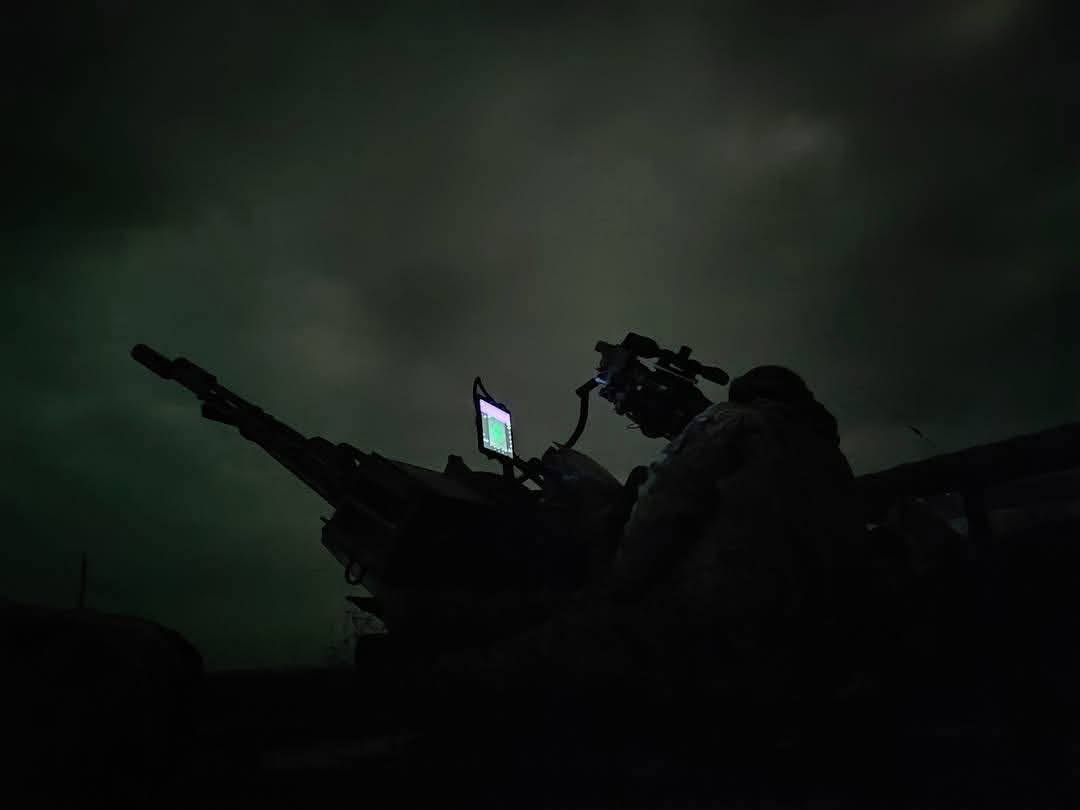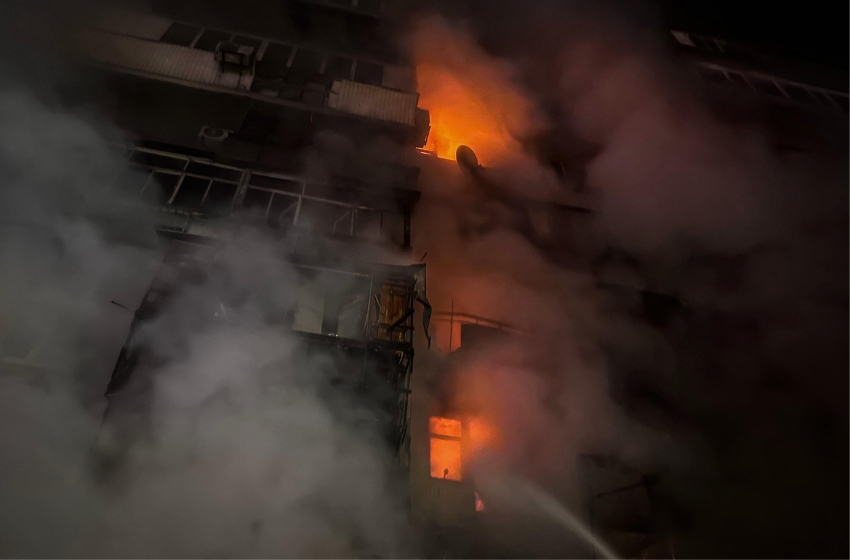In the area of responsibility of the operational-tactical group Donetsk in the Pokrovsk direction, Russian forces are concentrating their main offensive efforts, but are effectively bogged down.
This was reported by the Commander-in-Chief of the Ukrainian Armed Forces, Oleksandr Syrskyi, on Facebook.
Syrskyi held a video conference to discuss the outcomes of the Ukrainian Armed Forces' operations in March of this year.
He noted that the main tasks remain holding defense lines and stabilizing the situation in threatened directions.
"Thanks to the management decisions and the resilience of Ukrainian soldiers, this task has been partially accomplished, particularly regarding the Pokrovsk direction. Here, in the operational zone 'Donetsk,' the enemy is concentrating its main offensive efforts but is effectively stuck in place," Syrskyi said.
According to him, Ukrainian forces are using active defense tactics wherever possible. On some sections of the front, they are advancing, improving their tactical position, and regaining dozens of positions, while also tying down significant Russian military forces.
Since the beginning of March, the artillery of the Ukrainian Defense Forces has completed about 100,000 fire missions, while drone operators have carried out over 81,700 missions, including 158 strikes using DeepStrike assets.
During the meeting, Syrskyi heard reports from the military command about issues such as unit staffing and restoring combat readiness, the formation of new army corps, logistics, and military vehicle repairs. He also set tasks for April.
The Commander-in-Chief emphasized the need to increase the number of fiber-optic drones resistant to Russian electronic warfare systems.
He also set tasks for staffing combat brigades with personnel and stressed the importance of improving training quality, as this directly affects the preservation of Ukrainian defenders' lives.
Syrskyi reminded that the Ukrainian Armed Forces have modernized the basic military training course and extended its duration to 1.5 months. An adaptive period for new recruits in combat brigades has also been introduced.
"This is yielding positive results—this month, we recorded a reduction in casualties compared to previous months. However, there is still work to be done. We must strive to achieve the highest training standards," he stated.
The Commander-in-Chief also stressed the problems of development and set tasks to maximize the combat capabilities of the brigades.
Participants in the meeting also discussed maintaining and preparing weapons for use during the spring-summer season, improving the protection of various types of military equipment from FPV drones, and maximizing the combat potential of military vehicles.




















